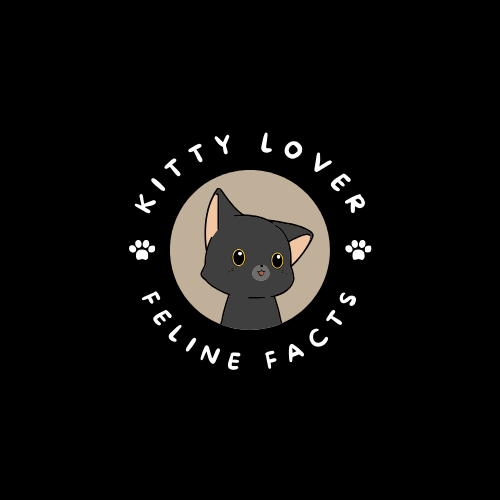
Cats occupy one of the following activities for the majority of their time: eating, sleeping, grooming, using the litter box, or wreaking devastation. Cats can develop predictable routines over time; therefore, it is not worth a second thought to observe your cat licking itself as noisily and conspicuously as possible. In the end, cats are constantly grooming themselves, but when does excessive lapping become excessive?
Although cat grooming is a perfectly normal behaviour, an excessive amount of it could indicate that your cat is licking itself or you for an unknown purpose. Fortunately, we can assist you in comprehending why cats clean themselves and how to identify potential problems. The following information is crucial and should be noted.
Does my cat engage in grooming? When typical licking occurs
Littering oneself is typically not cause for concern when your cat exhibits this behaviour. From the cranium to the tail, this is an entirely typical component of the feline grooming service. In addition to being a simple and effective method for eliminating dead skin cells, parasites, and grime from the coat, it can also be gratifying and enjoyable.
While certain felines may engage in more frequent grooming than others, it is not uncommon to observe your four-legged companion bathing themselves at least several times per day. Although it is possible to have too much of a good thing, veterinarian Pamela Perry of Cornell University College of Veterinary Medicine explains that some felines may spend up to fifty percent of their day grooming.
Obsession, tenderness, and bald patches may result from excessive grooming.
Typically motivated by tension, cats that overgroom develop an obsession with licking and other grooming behaviours. This behaviour may initially manifest as a superficial graze or an itchy area on the skin, but it has the potential to escalate into an increasingly significant issue. Cats that engage in excessive grooming may develop a bald region and potentially expose their rough tongue, which can abrade the skin and expose them to the risk of infection.
A cat that is engaging in excessive grooming will consistently lick, although the direction of its licking may differ from nose to tail. Observe your cat for signs of excessive hair loss, increased hairball production, and even skin injuries. This could be the result of extreme tension or a reaction to changes in the environment; therefore, you may want to maintain a closer watch on your feline companion.
A cat may be self-licking to alleviate an itching sensation.
Due to the fact that cats lack hands like humans, they must devise an alternative method for scratching irritating itches. Although cats’ paws may occasionally be able to assist, their sandpaper tongues are frequently used to alleviate itchy skin. If this is the case, your cat will probably be compulsively licking the same area repeatedly. The specific manifestations of discomfort, including but not limited to restlessness, skin discoloration, or moodiness, may be observed in individuals afflicted with the itch.
Self-licking may indicate the presence of dental disease.
Frequent licking by a cat, particularly on their muzzle, may indicate that their mouth is uncomfortable on occasion. As dental disease advances, some cat owners and veterinarians have observed that cats moisten their lips more frequently, possibly due to the excessive drooling that can result.
This is not a typical lip-licking behaviour; rather, it occurs in response to food or drink consumption. Additionally, it may be accompanied by distressing behaviours such as pawing at the face or refusing to consume. This is yet another reason why maintaining your pet’s dental health is so crucial.
Cats may nibble to alleviate discomfort.
For instance, if you observe your furry companion repeatedly licking their limb, it is possible that they are not self-cleansing or scratching an itch. While it may appear that some felines engage in self-grooming to assuage an injury or wound, this behaviour serves more as a consolation than a therapeutic purpose. When it comes to superficial wounds, licking can actually function as a means of maintaining cleanliness around the injury.
Veterinary professionals from Petplan explain that lapping may be a response to virtually any physical discomfort: Your cat may bite at its tail if it is itchy due to worm infestation, or it may lick its abdomen if it is in pain due to a urinary tract infection. Observe for any excessive or novel lapping, but do not hesitate to consult a veterinarian if the discomfort persists.
Grooming a cat can lead to stronger connections and increased well-being.
At times, excessive lapping may not be cause for concern. Cats will occasionally lick and cleanse themselves simply because it is pleasurable to do so. You can relate if you have ever combed your hair and experienced a sense of relaxation as a result. Cats often find grooming, whether for themselves or a loved one, to be a soothing experience. It is not unusual for them to desire to share this opulent sensation.
Whether you routinely observe your cat grooming or have only recently become aware of this behaviour, it is still beneficial to keep a watch on it so that you can determine what is typical for your pet. You will thereby be prepared to respond should this routine practice evolve into something more substantial.
